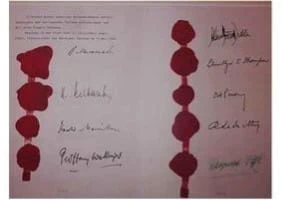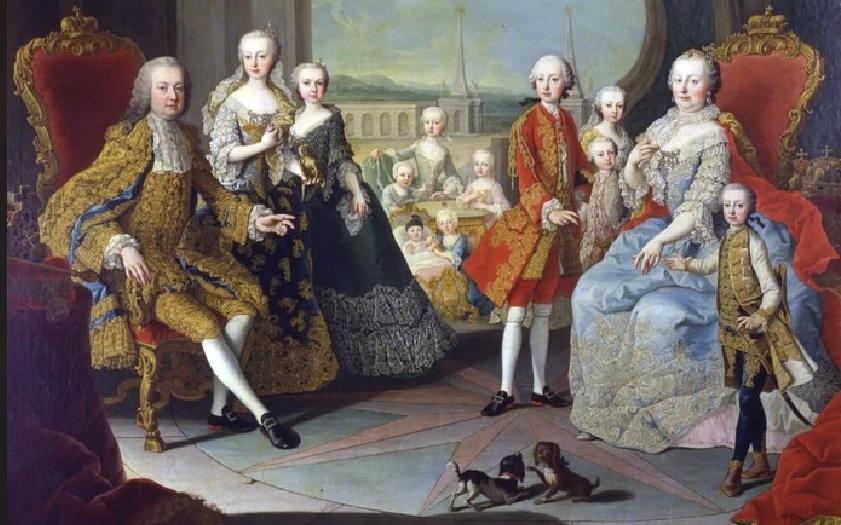What exactly was that about the famous words “Austria is free”? When and where were these spoken, and especially by whom?
After the 2nd World War (1939-1945) and the following ten years of occupation, Austria regained its independence in 1955 and became a sovereign state. In its most important provisions, the Austrian State Treaty stipulates that Austria is restored as an independent, democratic state within the borders of 1 January 1938. Lengthy negotiations had preceded. Drafts to be discussed jointly by the four Allies (USA, Soviet Union, Great Britain, France) from 1946 onwards failed due to the Soviet position on the issue of “German property” in Austria, among other things. According to a resolution of the Potsdam Conference of August 1, 1945, the occupying powers were able to claim the property of the German Reich located in their zones. While the Western powers left this to the Republic of Austria, the Soviet Union took it in full. These assets were long an obstacle to the conclusion of the State Treaty, which had actually been planned for 1950. It was thus delayed for another five years. It was not until April 1955 that a turning point in foreign policy emerged. Federal Chancellor Julius Raab and Foreign Minister Leopold Figl were both instrumental in bringing about the State Treaty .
Raab is said to have traveled to Moscow with the Austrian delegation immediately after Stalin’s death and persuaded the Russians to agree to the treaty. On the eve of the signing in Vienna, he beguiled the Soviet Foreign Minister Molotov with zither music , while the hard-drinking Leopold Figl managed to have the reference to war complicity removed from the treaty.
Figl is said to have whispered in Raab’s ear: “Raab – now d’Reblaus and then sans wach”. The passage was indeed deleted from the State Treaty, although we do not know whether this really had anything to do with the famous “Reblaus” wine tavern song. The signing of the State Treaty took place on May 15, 1955 in the Marble Hall of Belvedere Palace . The foreign ministers of the four occupying powers were present – Molotov for the Soviet Union, Macmillan for Great Britain, Dulles for the USA and Pinay for France. Leopold Figl concluded his speech of thanks with the spontaneous words “Austria is free” , which were not included in the protocol. In its report, the newsreel showed Figl presenting the treaty to the cheering people on the balcony. Everyone thought the famous phrase was shouted to the people from the balcony. This could not have worked at all. Due to the noise level of the cheering crowd, you wouldn’t have been able to hear the famous words there. Time Travel Tip: In the Upper Belvedere is the famous Marble Hall, from where you have a beautiful view of the city. Here you will find the top sights in Vienna and more topics about Maria Theresa or Gustav Klimt.



